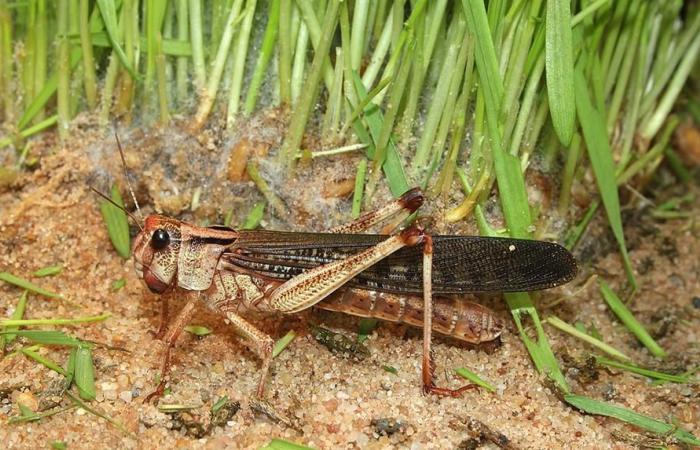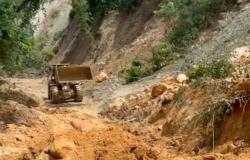The insect sleeves are being closely monitored by specialized Senasa personnel with the aim of implementing controls when possible.
The National Agri-Food Health and Quality Service (Senasa) controlled 900 locust outbreaks in different Argentine provinces. The tasks are carried out within the framework of the permanent surveillance of the insect carried out by the technical staff, in order to prevent and minimize the formation of swarms that affect crops, grasslands and native forests.
To date, with the intensification of monitoring, the national health agency has reviewed more than 2,800 places in 10 provinces, in which it confirmed 1,096 detections of the plague.
Sightings of insect sleeves are currently being recorded in the provinces of Catamarca, Córdoba and La Rioja, which are being followed closely by specialized Senasa personnel, in order to implement controls when possible.
Likewise, all areas of our country where controls have been carried out since the beginning of the current year are monitored, with the aim of carrying out prevention and control measures if necessary.
In February of this year, Senasa authorities declared a phytosanitary alert after the early detection of an increase in the lobster population in several provinces of the country and in the neighboring countries of Bolivia and Paraguay, with whose health services they work together. .
The locust is a migratory and transboundary pest that can affect agricultural activity directly and livestock activity indirectly, by feeding on forage resources. It also causes damage to native vegetation. It should be noted that it does not affect humans.
In its adult stage it groups together, forms sleeves (clouds of millions of insects) and has a great capacity for flight. This makes its control more complex and it is necessary to deploy strategies to carry it out.
The locust swarms move during the day, and settle towards the evening, with little visibility. The time range in which treatments can be carried out is very short and usually occurs in places that are difficult to access. To carry them out, the impact that these may have on the area is carefully evaluated, for which a survey of the existence of water courses, beehives, population, etc. is previously carried out.
Another fundamental factor is communication to be able to monitor the sleeves. In that sense, it is extremely important that Senasa be notified when detected, at WhatsApp +54911570057004 (option 2). In this way, information about the pest can also be collected.
Activity
On the other hand, last week a meeting of the Regional Crisis Committee was held in Catamarca – one of the areas with the highest population density of lobsters – which brings together national organizations, provinces and producers. It was headed by the president of Senasa, Pablo Corteseand by the Minister of Digital Inclusion and Productive Systems of that province, Juan Cruz Miranda. Producers and representatives from national and provincial organizations participated.
On the occasion, detailed details of the situation were provided and future strategies were outlined in an articulated manner between the public and private sectors. In addition, the collaboration of the different organizations was highlighted and the need to control the sleeves as soon as possible was ratified, taking into account the conditions to carry out this task.






